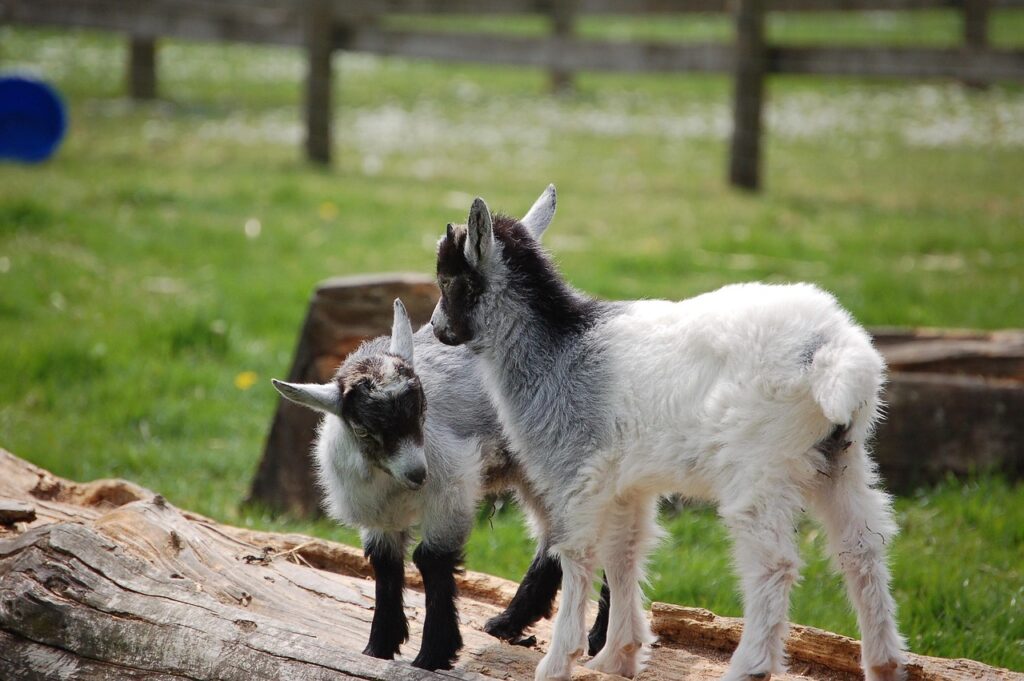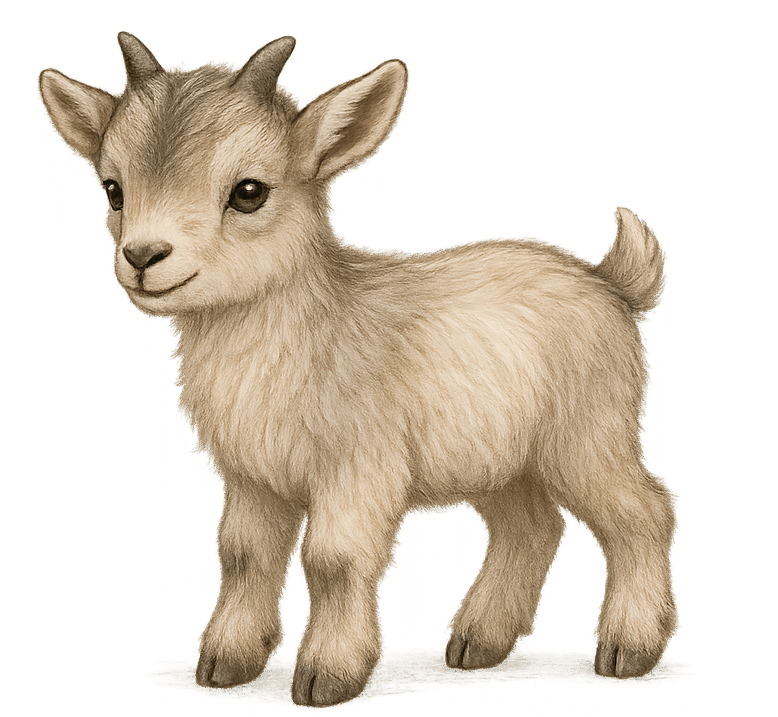Backyard Pygmy & Nigerian Dwarf Goats: The Ultimate US Homestead Guide
We’ve fallen in love with the charm of micro goats and we think you will too! Here’s a fun intro to these tiny bleating wonders.

Micro goats are taking the US homesteading world by storm. Whether you’re dreaming of fresh goat milk, sustainable land use, or just want a few quirky companions to roam your backyard, miniature goat breeds like the Pygmy and Nigerian Dwarf are ideal for small-space farming. These pint-sized animals pack a big punch in personality and productivity, making them a favorite among suburban and rural homesteaders alike. In this guide, we’ll explore why micro goats are perfect for any homestead, how to care for them, and what you need to know before diving in.
Why Choose Micro Goat Breeds?
If you’re working with a smaller plot of land or navigating local regulations, micro goats make sense. They’re compact, easier to care for than full-size breeds, and offer many of the same benefits from milk production to natural weed control. They’re also legal in more urban and suburban areas where larger livestock might be restricted.
- Space-saving: Perfect for backyards or small farms.
- Budget-friendly: Eat less, require smaller housing.
- Family-friendly: Gentle and easy for kids to help care for.
- Legal advantages: Some cities allow miniature goats under pet ordinances.
Meet the Breeds
Pygmy Goats: Size: Typically 16–23 inches tall.
Temperament: Curious, sociable, hardy.
Purpose: Often kept as pets or for weed control.
Fun Fact: Though not great milk producers, they’re low-maintenance and incredibly playful.
Nigerian Dwarf Goats
Size: Around 17–21 inches tall.
Temperament: Affectionate, smart, trainable.
Purpose: Excellent for milk (high butterfat content).
Fun Fact: Their milk is ideal for cheese-making and skincare products.
Daily Care Essentials
Feeding & Nutrition: A healthy goat diet includes fresh hay (alfalfa or grass-based), goat-safe minerals, and occasional grains if milking. – Always offer clean water, and avoid feeding garden clippings or moldy hay. Mineral supplements, especially with copper and selenium (as needed per your region), are crucial.
Housing & Fencing: A draft-free shelter with at least 10–15 sq ft per goat. Secure fencing: 4ft+ woven wire to keep goats in and predators out.
Bedding: Straw or pine shavings changed weekly.
Health & Grooming: Trim hooves monthly. Deworm seasonally and monitor for parasites. Watch for signs of bloat or respiratory issues.
US-Specific Considerations: Check local ordinances before buying goats, some places limit livestock or require permits.
Cold climates? Insulate shelters and ensure water doesn’t freeze.
Hot areas? Offer plenty of shade and ventilation.
When sourcing goats, look for reputable breeders registered with ADGA or NPGA.
Getting Started on Your Micro Goat Homestead
Starter Supplies: Shelter, feeders, hay rack, hoof trimmers, water buckets. Budget around $150–$300 per goat (excluding housing).
How Many to Start With? Goats are herd animals, avoid getting just one!
Start with at least two (same sex or fixed males unless breeding).
Should You Breed? Breeding adds complexity but also milk supply. Nigerian Dwarf goats breed year round, pygmies seasonally.
Final Thoughts
Raising micro goats is fun, sustainable, and surprisingly beginner friendly. Whether you’re eyeing fresh dairy, soil enrichment, or a cuddly farm mascot, pygmy and Nigerian Dwarf goats bring charm and utility to any backyard.
Ready to get started? Keep an eye out for our upcoming “101 Micro Goats Guide” coming soon to Tiny Bleats!
